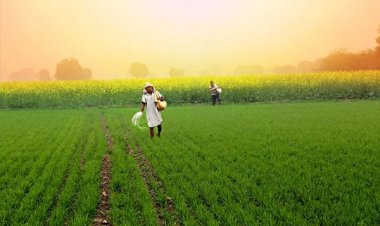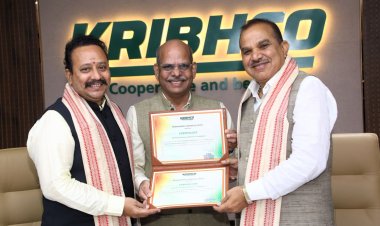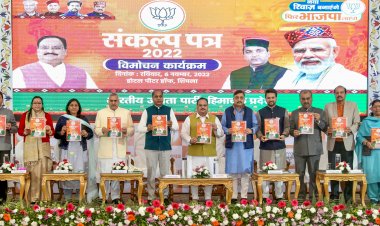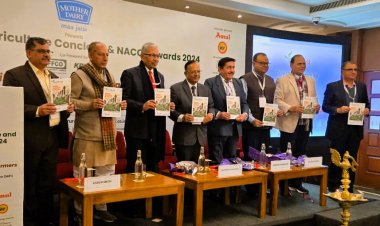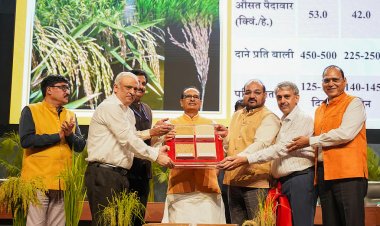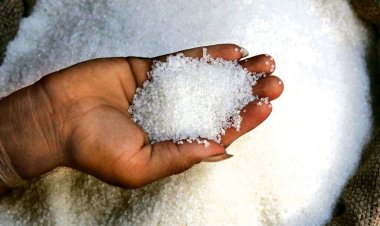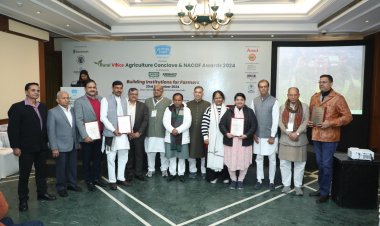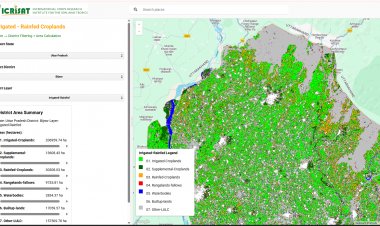DAP prices come down to $750 in the global market; stocks situation better for Rabi
The government seems to be getting relief on the price and availability fronts of the fertilizer DAP in the current Rabi season. The DAP prices have gone down constantly in the global market and Indian companies have recently entered into DAP import contracts up to the price of $750 per tonne. There is information that one of the companies has entered into a DAP import contract with Russian company PhosAgro at a still lower price. Even before this fall in prices, companies have been constantly importing DAP, due to which there is the possibility of better availability of DAP in the current Rabi season.
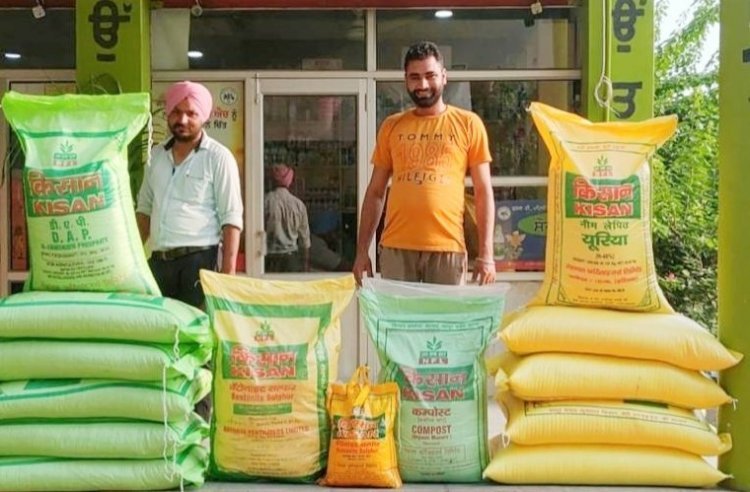
The government seems to be getting relief on the price and availability fronts of the fertilizer Di-Ammonium Phosphate (DAP) in the current Rabi season. The DAP prices have gone down constantly in the global market and Indian companies have recently entered into DAP import contracts up to the price of $750 per tonne. There is information that one of the companies has entered into a DAP import contract with Russian company PhosAgro at a still lower price. Even before this fall in prices, companies have been constantly importing DAP, due to which there is the possibility of better availability of DAP in the current Rabi season.
The government has not declared the Nutrient-Based Subsidy (NBS) rates for the Rabi season as yet. Under the NBS, subsidies are given on decontrolled fertilizers, i.e., non-urea ones. Also, there has been no decrease in ammonia and urea prices. The global market is still witnessing a price of about $600 per tonne for urea.
Fertilizer industry sources say that companies have imported DAP in the price range of $920-$960 per tonne. If the government fixes NBS rates at the current prices, the DAP-importing companies may have to incur losses. The government is at present giving a subsidy of more than Rs 50,000 per tonne. In March 2022, the fertilizer companies raised the sale price of DAP for the farmers from Rs 1,200 per bag (50kg) to Rs 1,350 per bag. Industry sources say that despite this, losses may have to be incurred in importing at higher prices.
According to sources, DAP has been imported more from China, Saudi Arabian company Ma’aden, Moroccan company OCP and Russian company PhosAgro. These import contracts have been fixed at $750-$820 per tonne. Meanwhile, there is also a report that a private company has entered into a contract even at $720 per tonne a few days ago. This contract has been made with the Russian company PhosAgro. However, owing to the war between Russia and Ukraine, the insurance cost has gone up substantially on fertilizer imports from there.
About 50 lakh tonnes of DAP is estimated to be available right at the beginning of the Rabi season due to constant imports, fertilizer sources say. They say that the situation is quite comfortable in terms of the availability of DAP in the country during the Rabi season this year. Due to the strategy adopted by India, OCP, the Moroccan company that is the largest supplier of phosphoric acid in the world, had to reduce its prices.
Last year, first in the Kharif season and later in the Rabi season, farmers had to face a lot of difficulties due to DAP scarcity. The government, too, had to go through a lot of planning and efforts for its distribution and hike the subsidy massively.
On the other hand, urea prices are not decreasing. A major reason for this is the sharp rise in gas prices due to the Russia-Ukraine war. The prices of urea are still hovering around $600 per tonne and those of ammonia around $1,000-$1,100 per tonne. The gas price has reached up to Rs 2,219.44 per MMBTU for the domestic urea fertilizer companies. Ammonia is used in manufacturing complex fertilizers. So, merely a fall in the price of DAP does not ensure a reduction in their prices.
Amidst this scenario, the government has not declared the NBS rates for the current Rabi season yet. Fertilizer companies say that if the government fixes the subsidies on the basis of the recent prices, the companies may have to suffer losses because they have DAP imported at prices of up to $860 per tonne while the subsidy is decided on the basis of fertilizer sales.
The Central Cabinet meeting held on 27 April 2022 approved the Department of Fertilisers (DoF) proposal related to the NBS rates for phosphate and potassic (P&K) fertilizers for the Kharif season 2022, i.e., for the period 1 April-30 September 2022.
According to the government decision, the increase in the international prices of DAP and its raw materials was absorbed primarily by the Central Government, which decided to give a subsidy on DAP of Rs 2,501 per bag instead of the prevailing subsidy of Rs 1,650 per bag, a rise of nearly 50 per cent. Subsequent to the new NBS rates, the DAP subsidy level went up to Rs 50,013 per tonne. On the other hand, the fertilizer companies had raised the DAP price in March to Rs 1,350 per bag (50kg), a rise of Rs 150 per bag.
According to the notification issued by DoF in April, a subsidy of Rs 91.96 per kg was given for Nitrogen (N), Rs 72.74 per kg for Phosphorus (P), Rs 25.31 per kg for Potash (K) and Rs 6.94 per kg for Sulphur (S) under the new NBS rates. These rates were to be applicable in the Kharif season 2022 from 1 April 2022 to 30 September 2022. The subsidy on Muriate of Potash (MOP) now stands at Rs 15,186 per tonne and that on Single Super Phosphate (SSP) at Rs 7,513 per tonne. The subsidy rates on the various variants of complex fertilizers — NP, NPK, NPS and SS — now vary from Rs 20,448 per tonne to Rs 46,116 per tonne.
Therefore, whatever NBS rates the government fixes for the Rabi season will be the new subsidy level. Due to the reduction in DAP prices, the government may reduce the NBS rates in order to cut subsidy expenditure.



 Join the RuralVoice whatsapp group
Join the RuralVoice whatsapp group



















